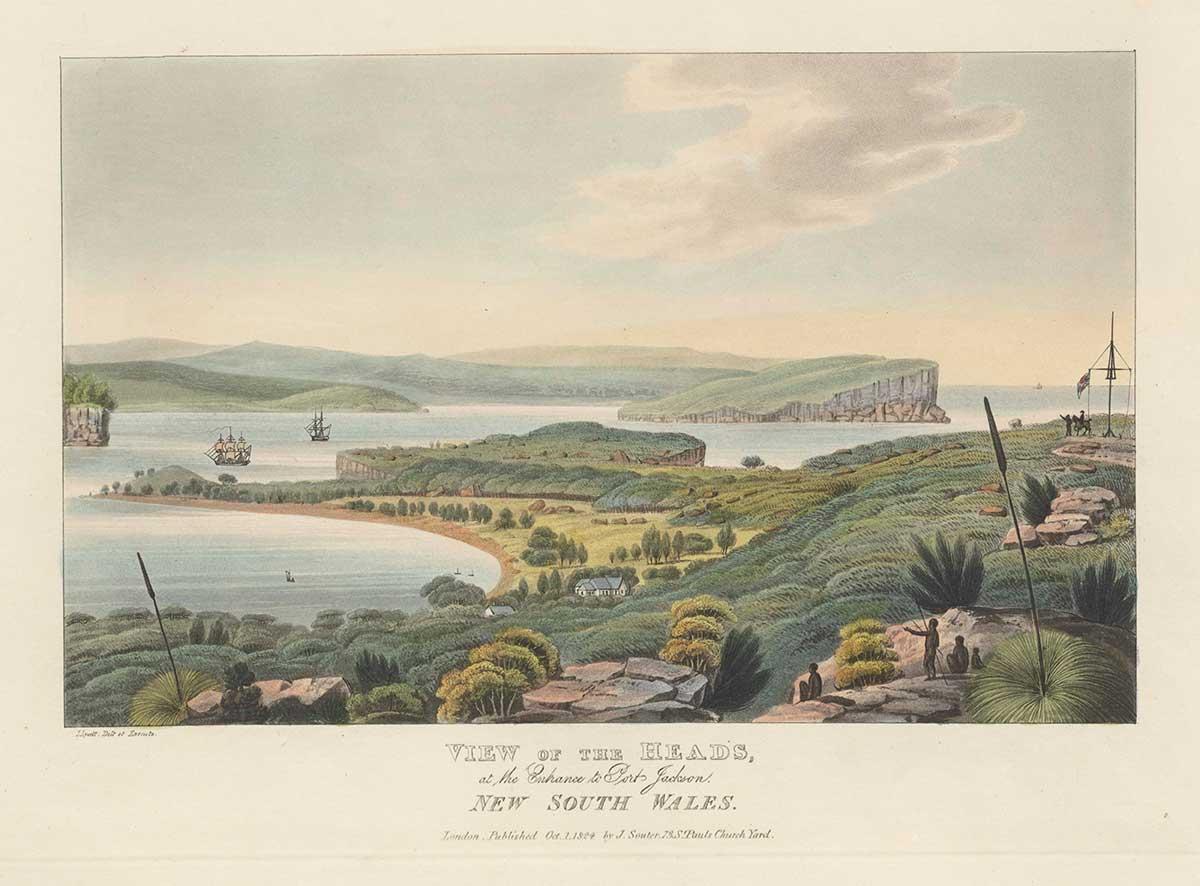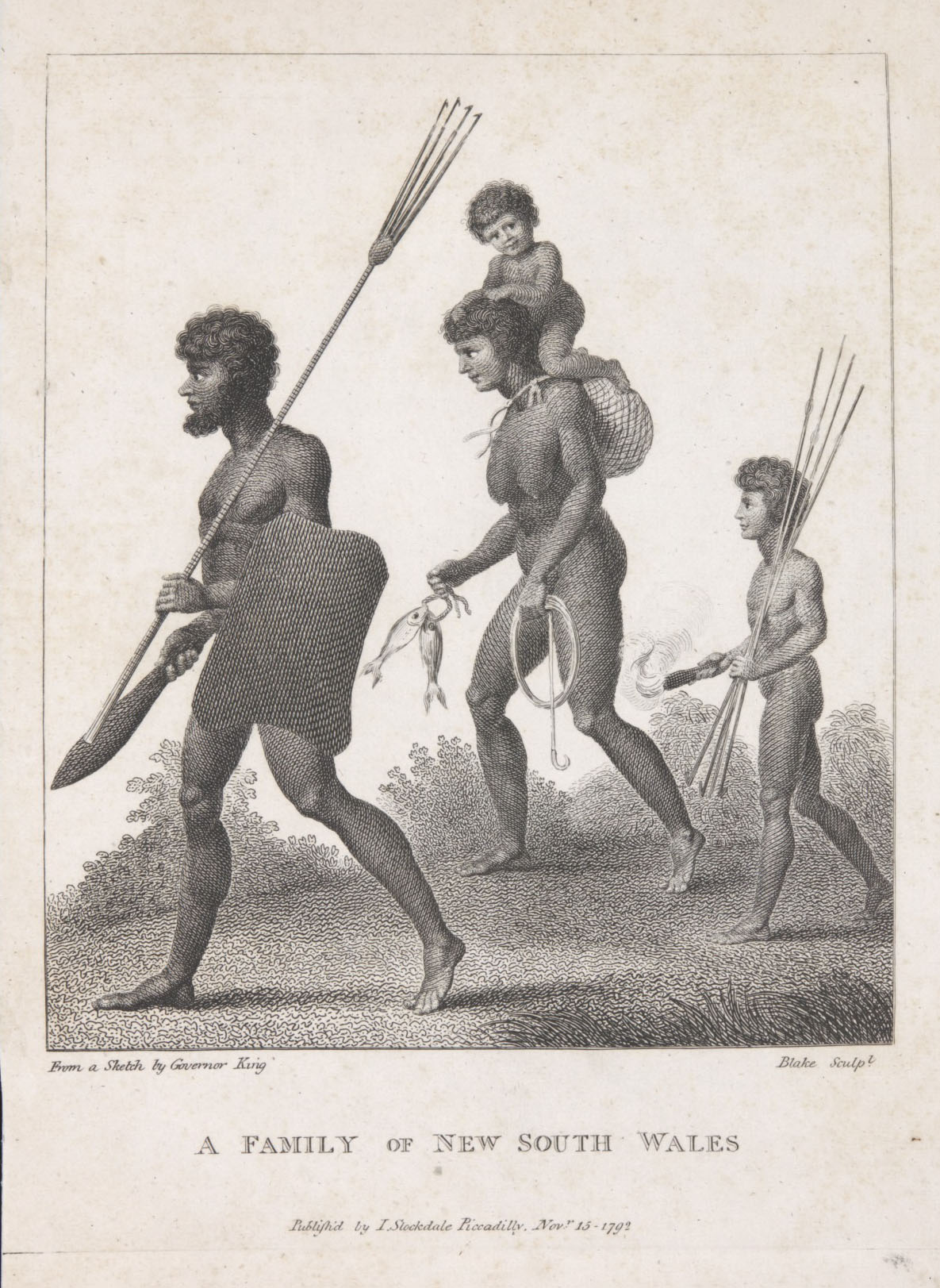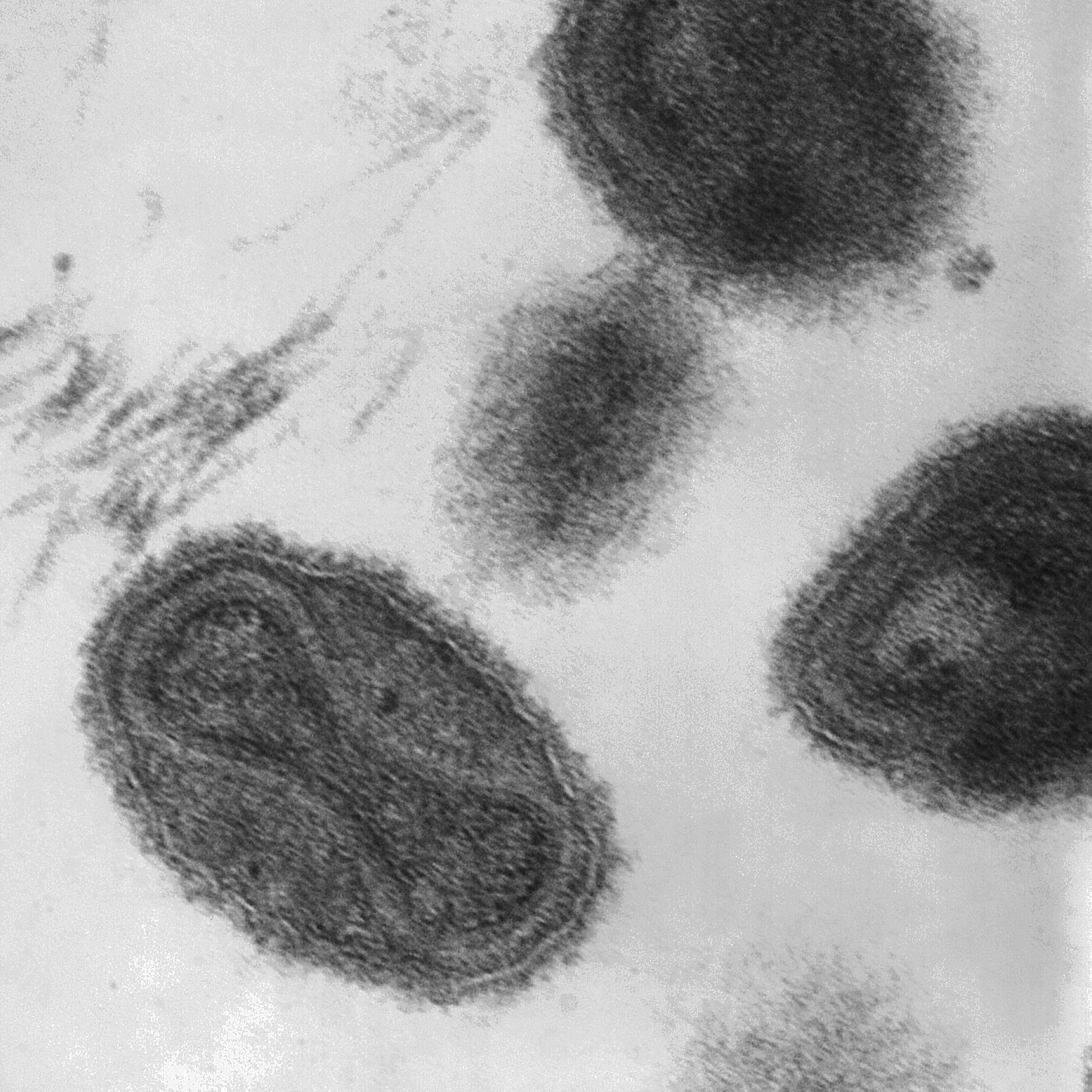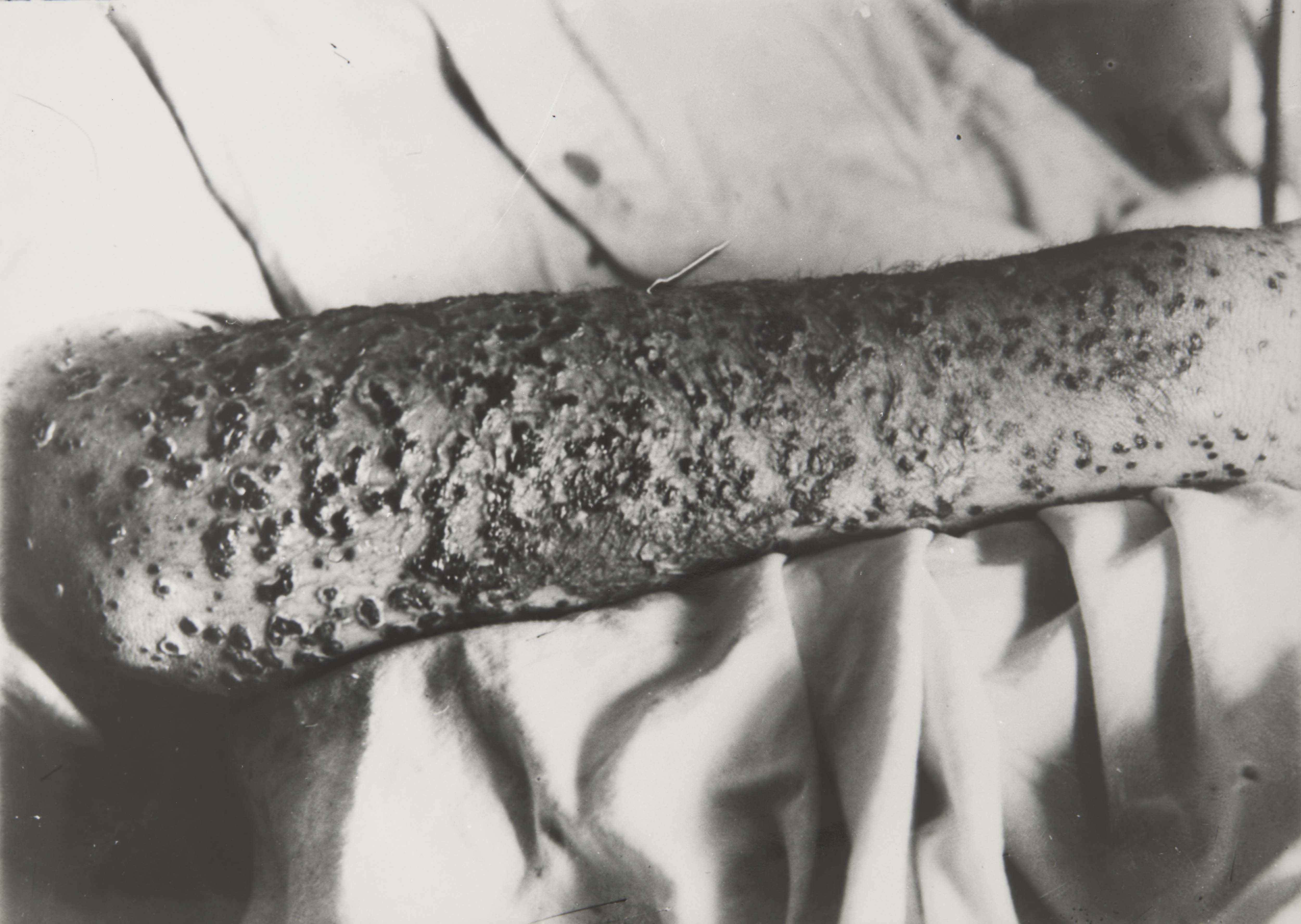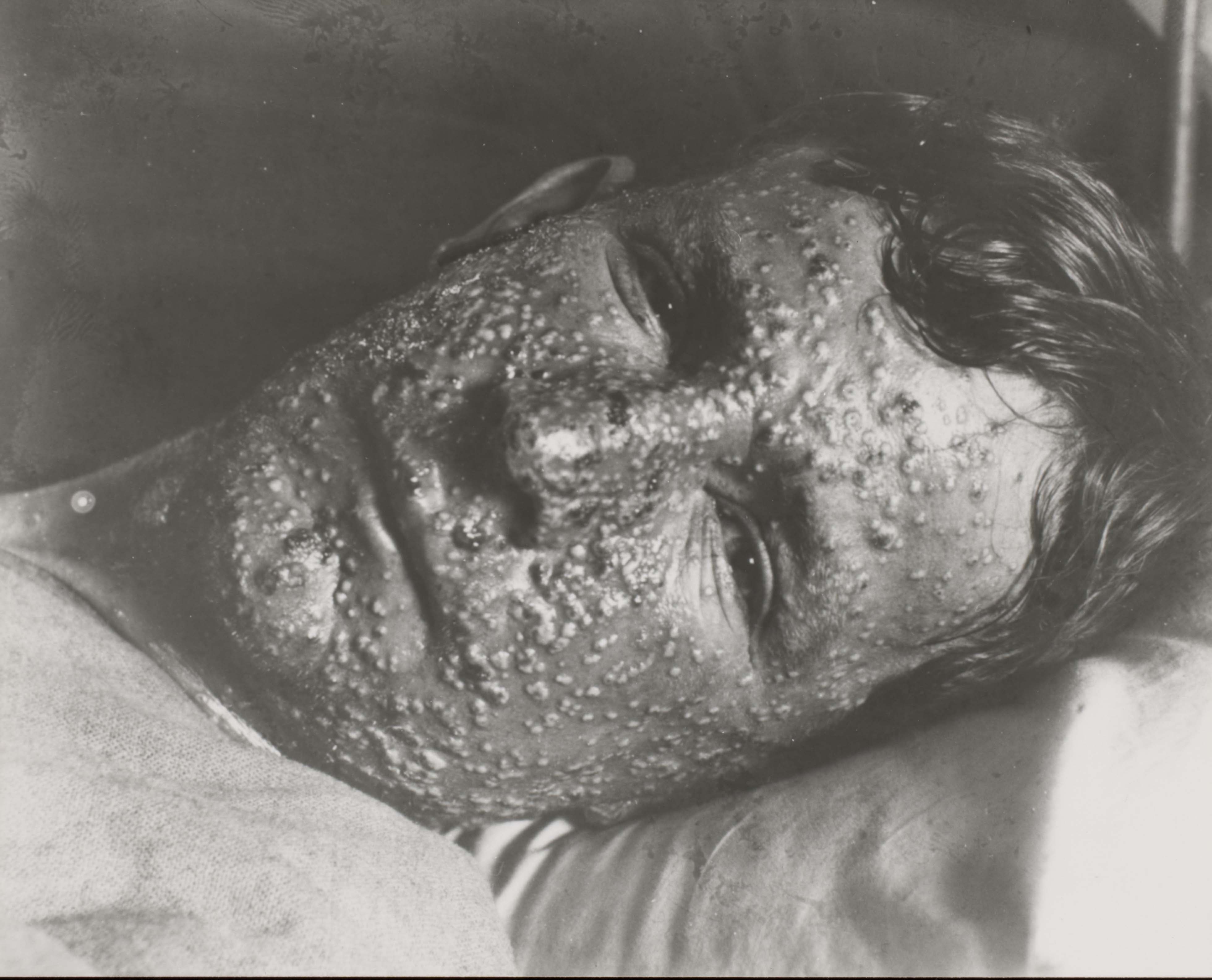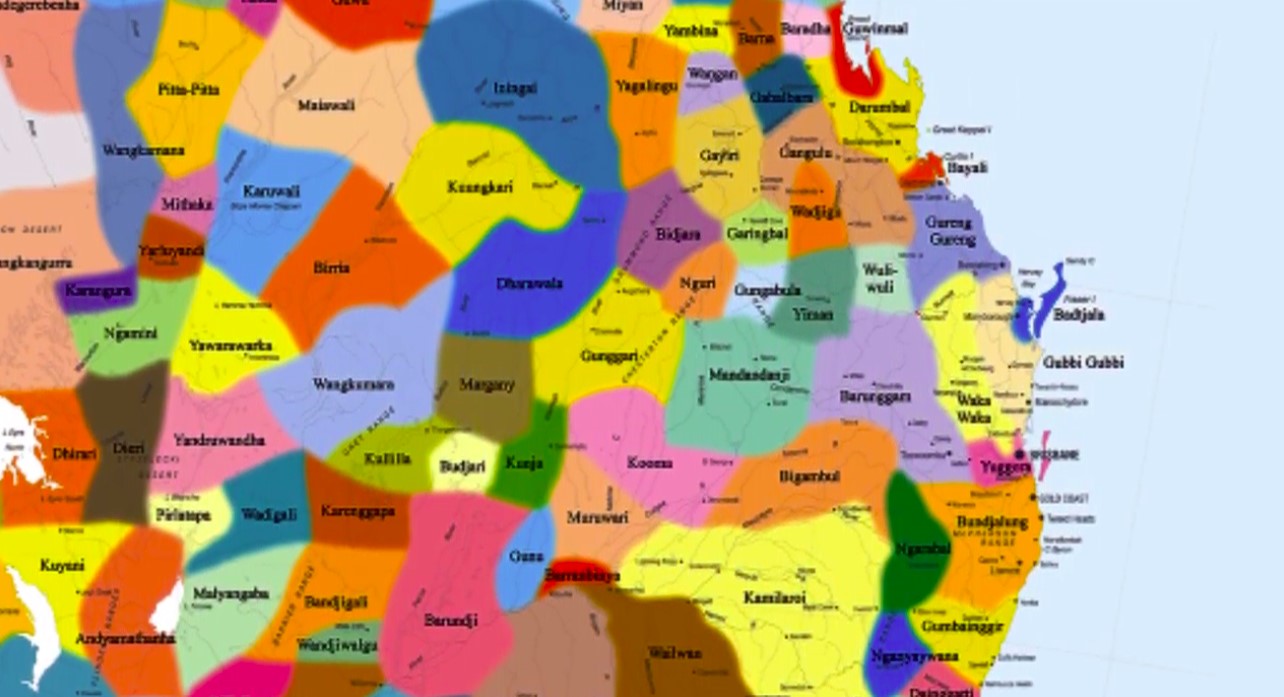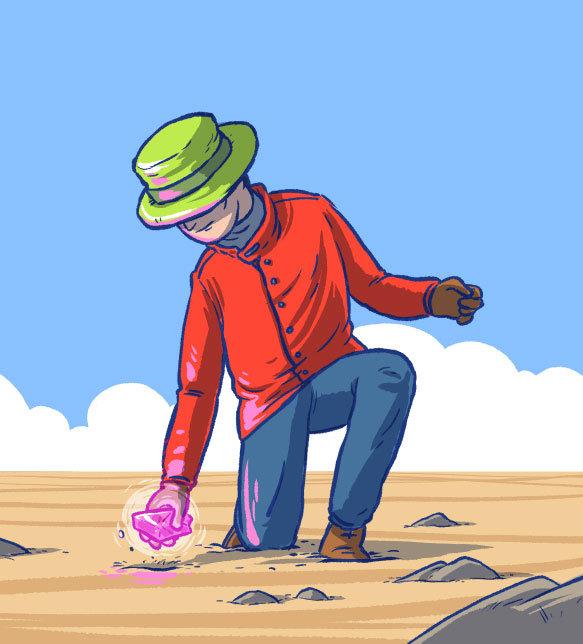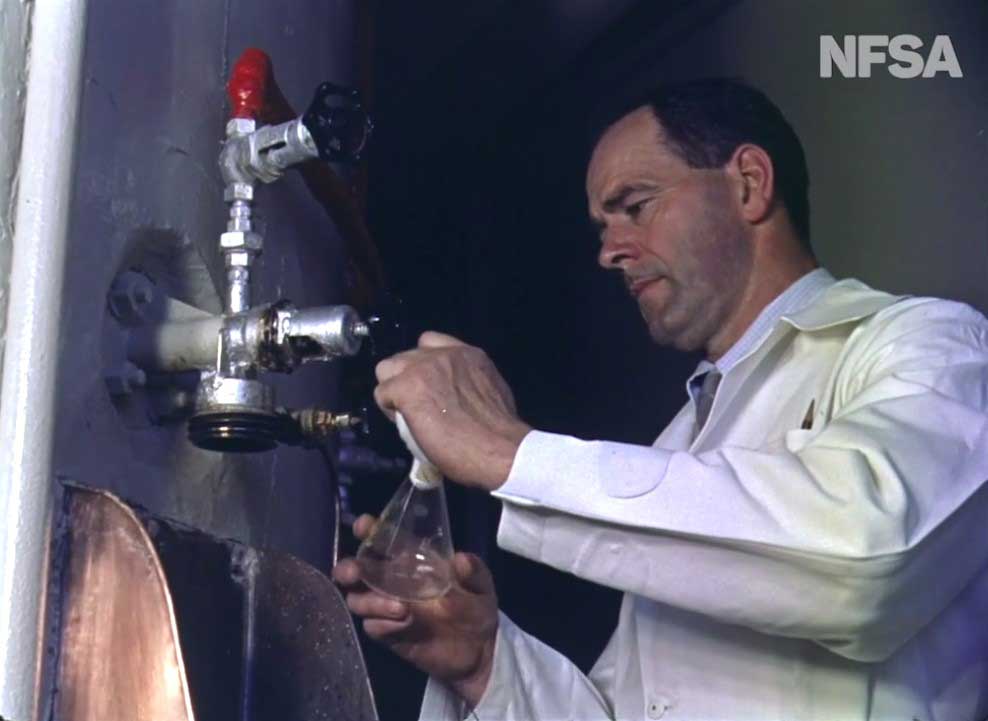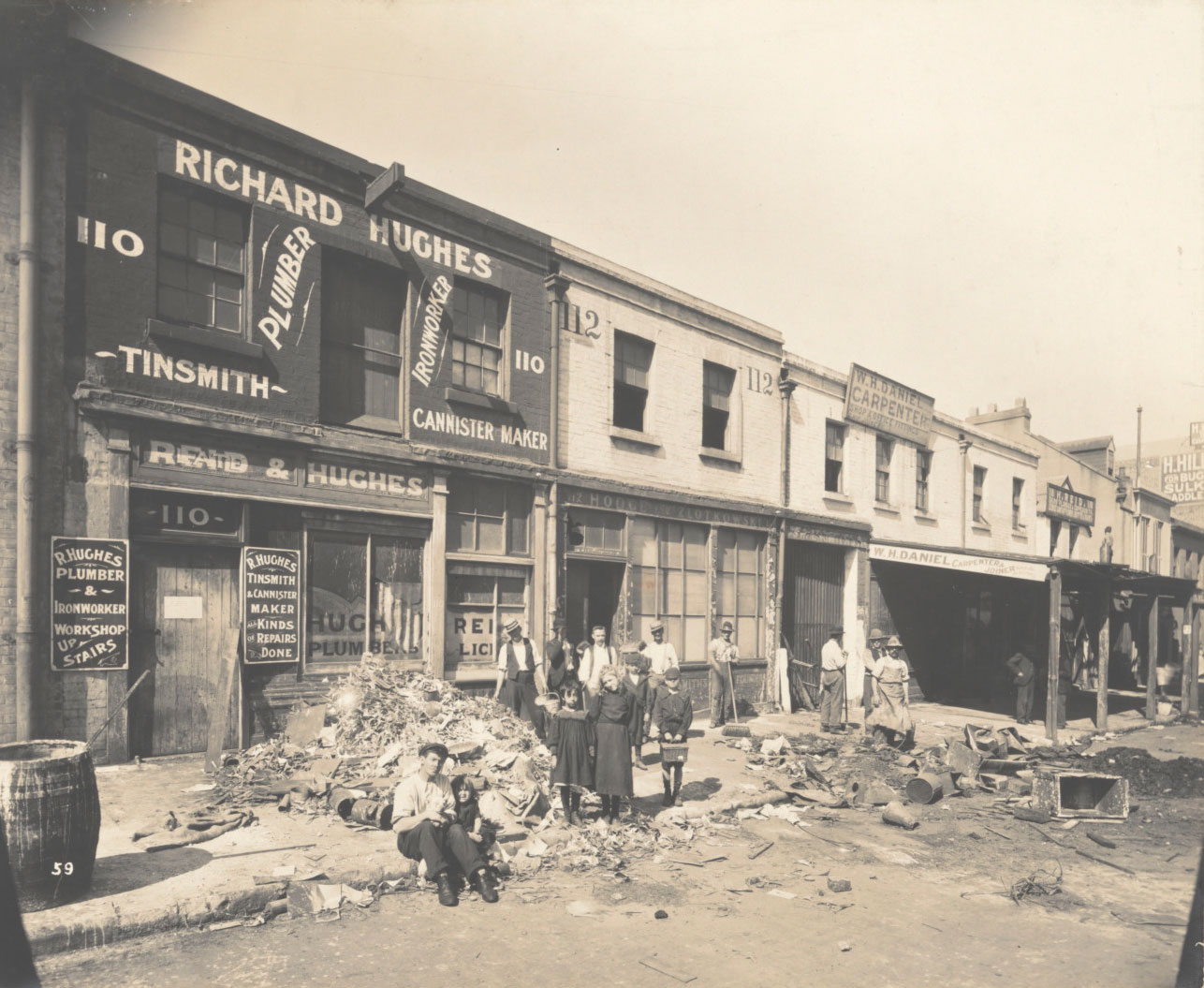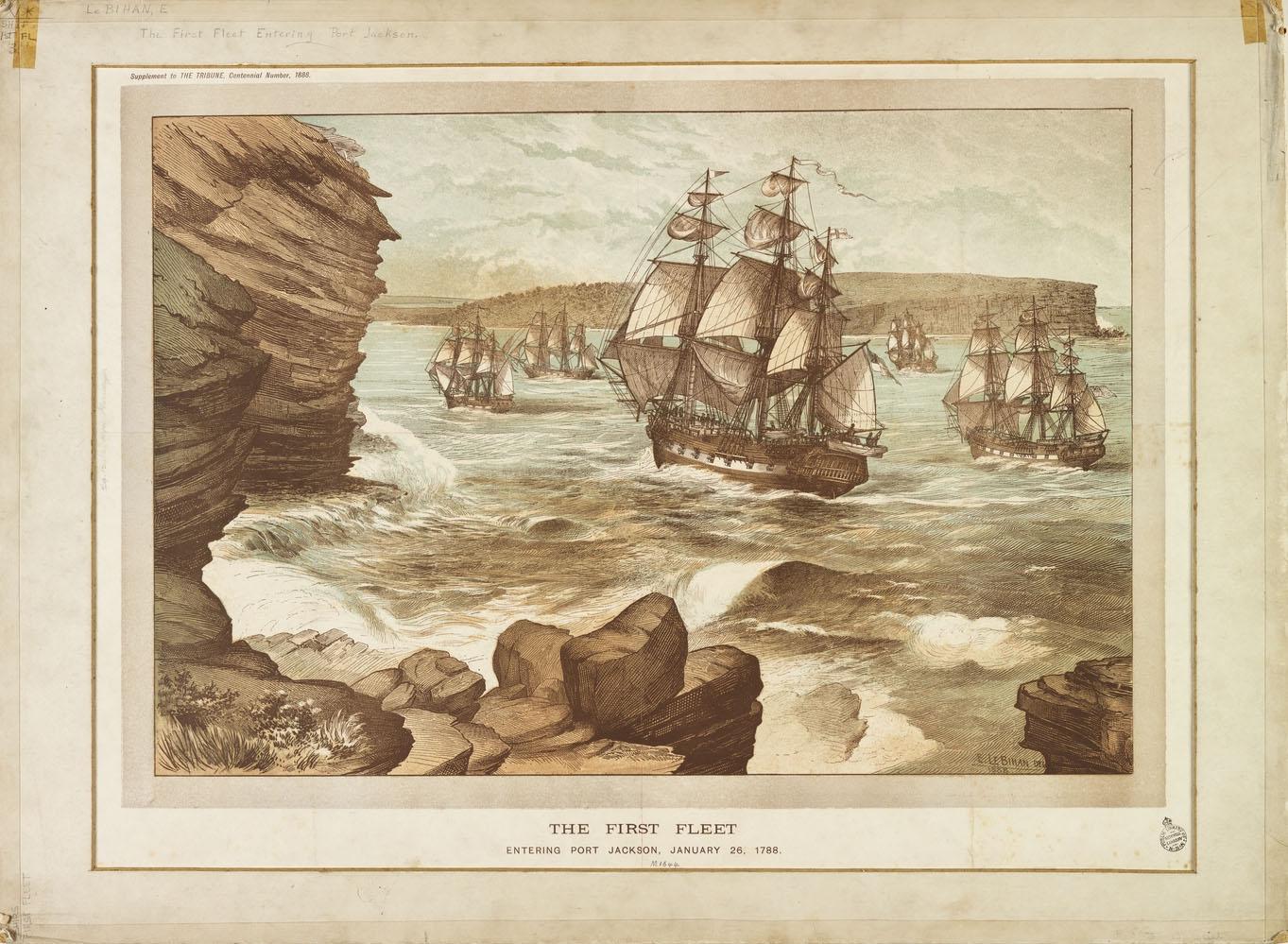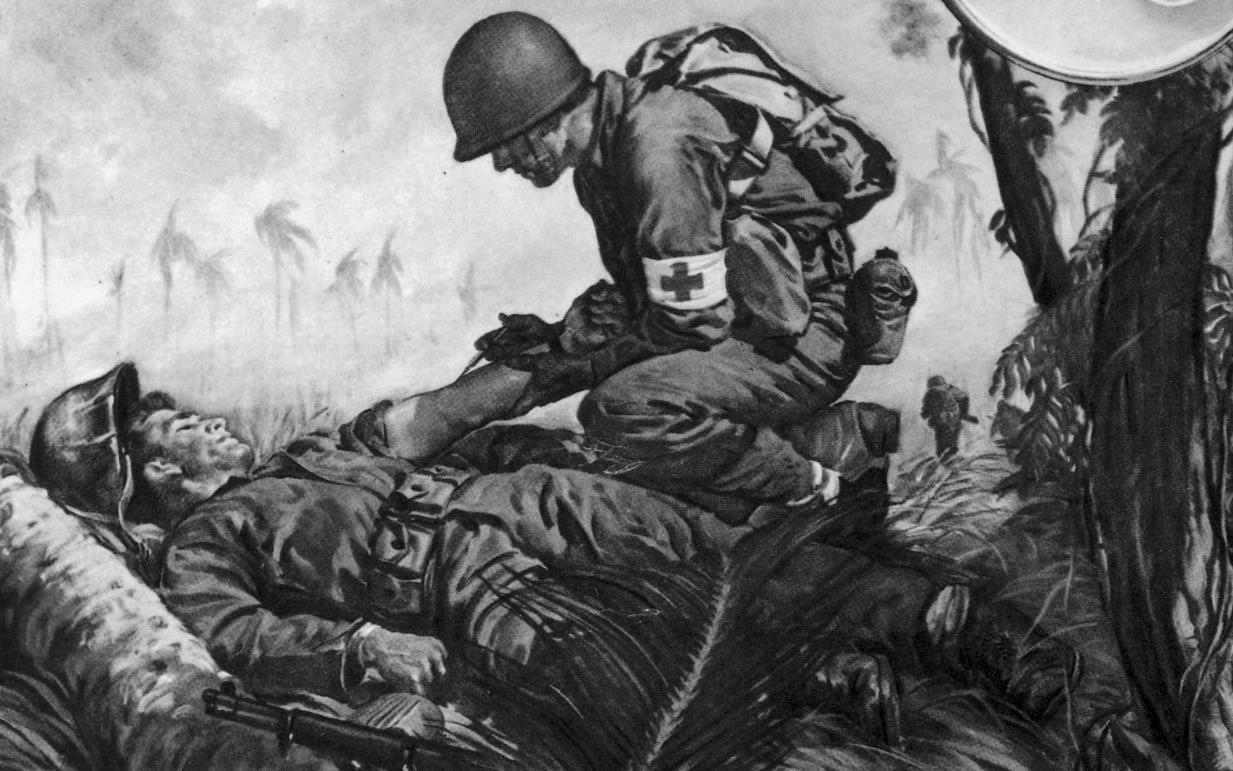‘All dead, all dead!’
1789: Smallpox breaks out in Sydney
‘All dead, all dead!’
1789: Smallpox breaks out in Sydney
WARNING: This page contains some difficult and potentially distressing content.
In a snapshot
Smallpox was one of the worst diseases to affect human beings. It killed around three out of every 10 people who caught it, until it was finally controlled by a vaccine more than 50 years ago. The Europeans who arrived in Australia from 1788 onwards had developed some resistance to smallpox because they’d been exposed to it before. But the local First Nations peoples had never come into contact with the disease, so when it broke out in the Sydney area in April 1789 they began to die in great numbers.
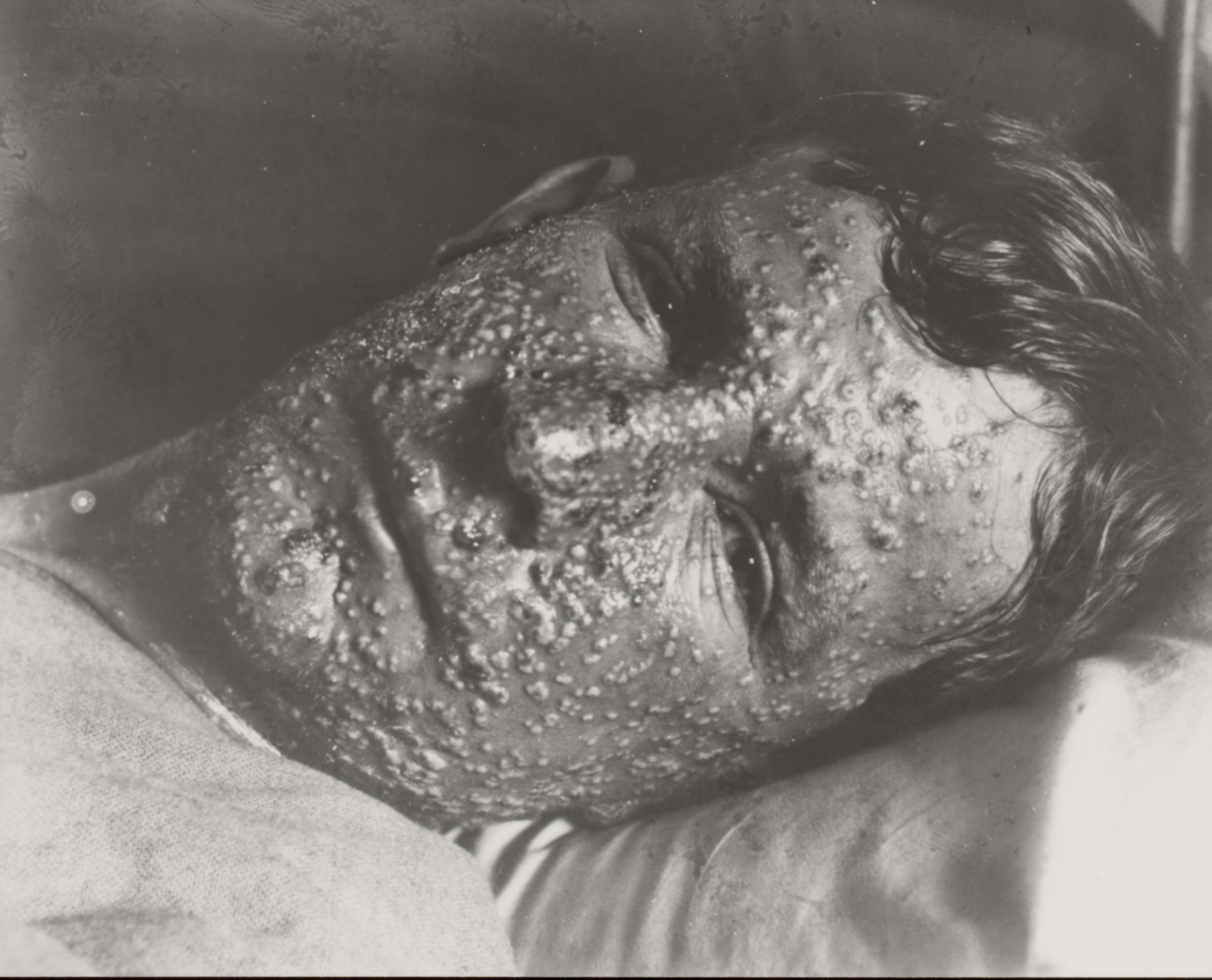
 Can you find out?
Can you find out?
1. What is smallpox? Who did it mainly affect in Australia?
2. What could David Collins never forget?
3. What other common European diseases seriously affected First Nations peoples?
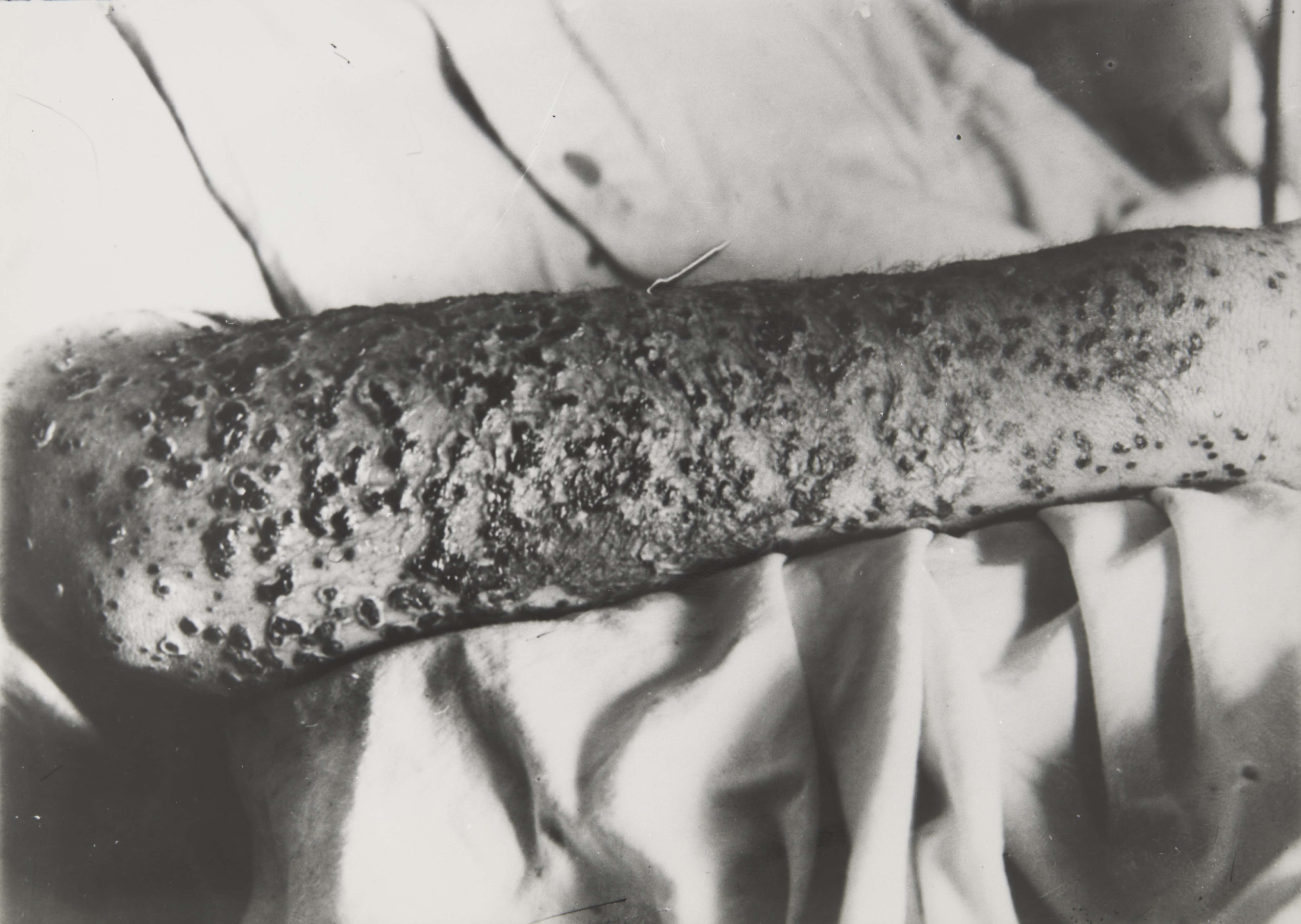
What is smallpox?
Smallpox is one of the most deadly diseases to have affected human beings. Throughout its long history, it infected hundreds of millions of people and killed tens of millions of people. Those who survived were often badly scarred, blinded, or both.
When did smallpox come to Sydney and how did it spread?
Significant numbers of First Nations peoples died from the diseases that were introduced as they had no immunity to these introduced diseases.
It is not clear how the smallpox epidemic began, but the most likely source was the ‘variolas matter’ Surgeon John White brought with him on the First Fleet. Variolas matter’ is pus taken from a person who has the disease and sealed in a glass bottle to isolate and preserve it. Surgeon White intended to use it to variolite (immunise) any children born in the settlement. It is not known how the variolas matter infected the local First Nations peoples.
‘At that time a native was living with us; and on taking him down to the harbour to look for his former companions, those who witnessed his expression and agony can never forget either. He looked anxiously around him in different coves we visited; not a vestige on the sand was to be found of human foot … not a living person was anywhere to be met with. It seemed as if, flying from the contagion, they had left the dead to bury the dead. He lifted up his hands and eyes in silent agony for some time; at last he exclaimed, “All dead! All dead!” And then hung his head in mournful silence…’
What were the effects on First Nations peoples?
Smallpox spread across Australia as European settlement spread, bringing with it a huge number of deaths. The disease affected entire generations of the First Nations population, and survivors were often left without family or community leaders. After smallpox came influenza, measles, tuberculosis and sexually transmitted diseases. Significant numbers of First Nations peoples died from these introduced diseases as they had no immunity to them.
Research task
Read this article about the smallpox epidemic. What were two possible ways smallpox was introduced into the colony? Why is it unlikely that either of these explanations is correct?
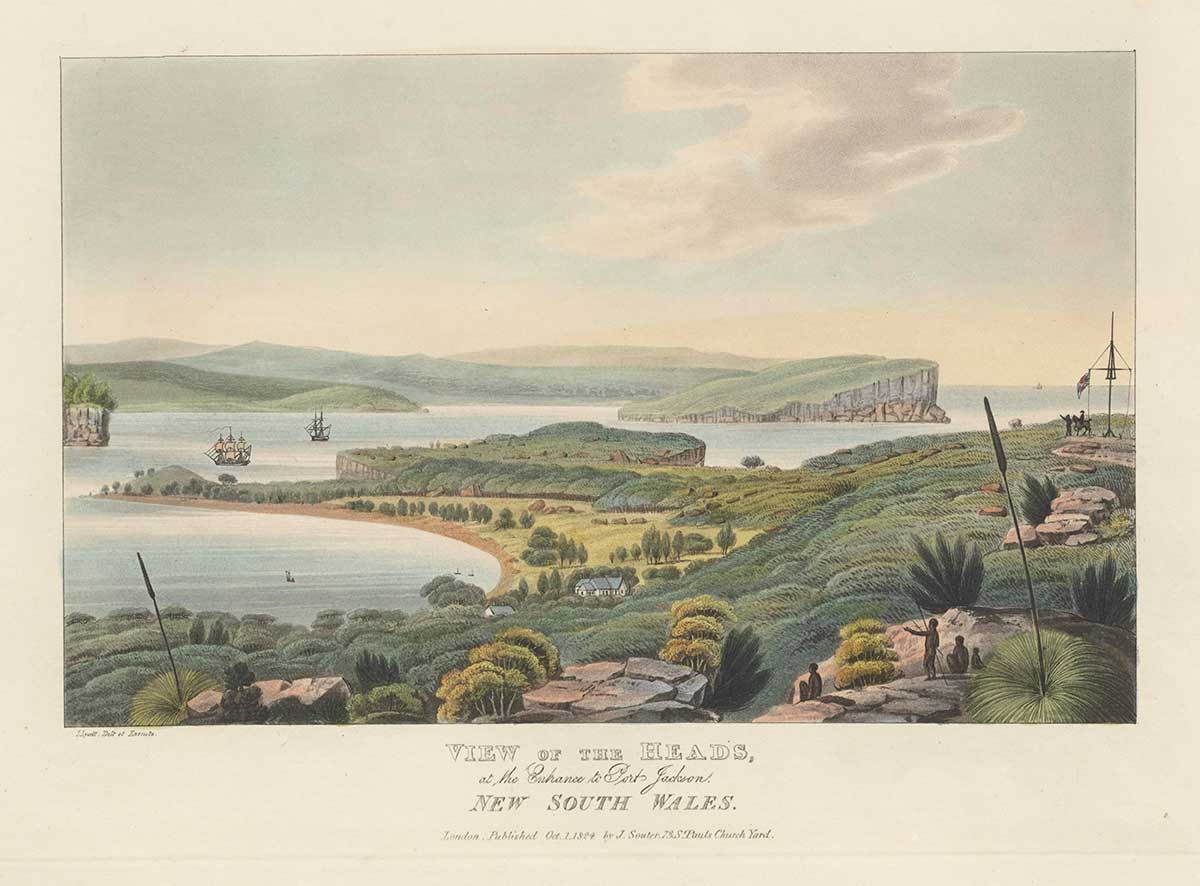
How was smallpox overcome?
No cure for smallpox has ever been found. But in 1796 the English doctor Edward Jenner decided to test the belief that milkmaids who had caught the relatively mild disease cowpox were immune to smallpox. He proved it was true, and from the cowpox virus he created the world’s first vaccine (from vacca, Latin for ‘cow’), which has since saved millions of lives. The last smallpox case in Australia was identified during the First World War.
Australian virologist Frank Fenner chaired the World Health Organization agency that eradicated smallpox in 1977.
Read a longer version of this Defining Moment on the National Museum of Australia’s website.
 What did you learn?
What did you learn?
1. What is smallpox, and who did it mainly affect in Australia?
2. What could David Collins never forget?
3. What other common European diseases seriously affected First Nations peoples?






